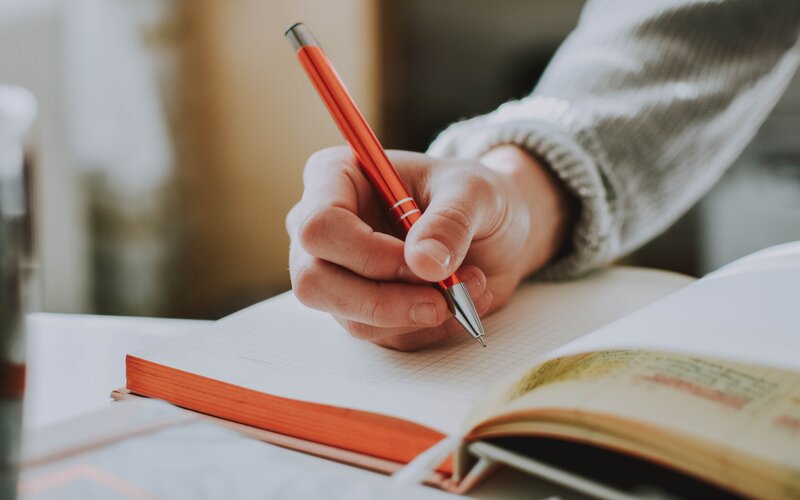
As an aspiring writer it’s important to get to grips with the intricacies of language. A mastery of writing techniques like onomatopoeia, juxtaposition and anaphora can enrich your writing and add a fresh, unique feeling to your prose.
You may or may not have heard of ‘anaphora’, but it’s a useful tool to have in your writer’s toolbox. In this article we’ll explore what exactly anaphora is and how you can use it.
The definition of anaphora
According to the Merriam-Webster dictionary, there are two definitions of the word anaphora.
The first is grammatical, and refers to “the relation between a grammatical substitute and its antecedent”.
The second definition is concerned with anaphora as a rhetorical advice, and states it is the “repetition of a word or expression at the beginning of successive phrases, clauses, sentences, or verses especially for rhetorical or poetic effect”.
In this article, we will focus on the latter and explore how you can incorporate anaphora into your own creative writing. Using repeated words or phrases, a writer can create a rhythm with their writing and this stylistic choice can add greater meaning to words.
Anaphora is similar to epistrophe, as in both types of rhetorical device words or phrases are repeated for effect. However, with anaphora the repeated word or phrase comes at the start, while in epistrophe the repeated word or phrase comes at the end.
The easiest way to understand what anaphora is, is to look at some examples.

Examples of anaphora in use
Let’s start with perhaps one of the most famous examples of anaphora in writing – the opening lines of Charles Dickens’ novel A Tale Of Two Cities.
“It was the best of times, it was the worst of times, it was the age of wisdom, it was the age of foolishness, it was the epoch of belief, it was the epoch of incredulity, it was the season of Light, it was the season of Darkness, it was the spring of hope, it was the winter of despair.”
In this example, the use of ‘it was’ at the start of each phrase is the perfect example of anaphora creating rhythm, and also draws attention to the seemingly contradictory words used to describe a mixed up time of conflict.
Anaphora is also a popular rhetorical device used in speeches to add impact. For example, British Prime Minister Winston Churchill used anaphora in his famous World War II speech.
“We shall fight on the beaches. We shall fight on the landing grounds. We shall fight in the fields, and in the streets, we shall fight in the hills. We shall never surrender.”
Repeating the words ‘we shall’ builds a sense of courage, strength and conviction.
In Alan Moore’s comic Watchmen, character Rorschach delivers dialogue that features anaphora.
“We do not do this thing because it is permitted. We do it because we have to. We do it because we are compelled.”
This use of anaphora makes the dialogue more dramatic and climactic.
How to use anaphora in your writing
If you’re feeling inspired, then let’s now look at some ways you can incorporate anaphora into your own creative writing.
The key to using anaphora well, is to use it intentionally. Repetitive writing can become boring for the reader, so make sure you are using this literary device where it will make some real impact. Use anaphora at a moment where you want to either drive home a point, create excitement or build the tension in a scene.
As evidenced in the above Charles Dickens’ quote, using anaphora is an excellent way to highlight contrast. You can combine the technique of anaphora with juxtaposition to create some highly creative prose.
As Alan Moore points out in his BBC Maestro Storytelling course, creating rhythm in your writing is one way to keep the reader engaged.
“If you’re writing a piece of text, the reader of that text will be creating a rhythm in their own head. This is the immense importance of having rhythm in your prose, because it’s mesmeric, it’s hypnotic – you can carry a lot of material on just the rhythm of a thing,” says Alan.
“It’s a brilliant element for enchanting, and getting the reader into a mesmeric trance.”
So go ahead and try out using anaphora next time you sit down to write a story. Who knows, maybe you’ve been using it already? Now you know the definition and how to use it.
If you love learning new storytelling techniques, then take a look at writing maestro Alan Moore’s online writing course.

Give the gift of knowledge
Surprise a special someone with a year's access to BBC Maestro or gift them a single course.





